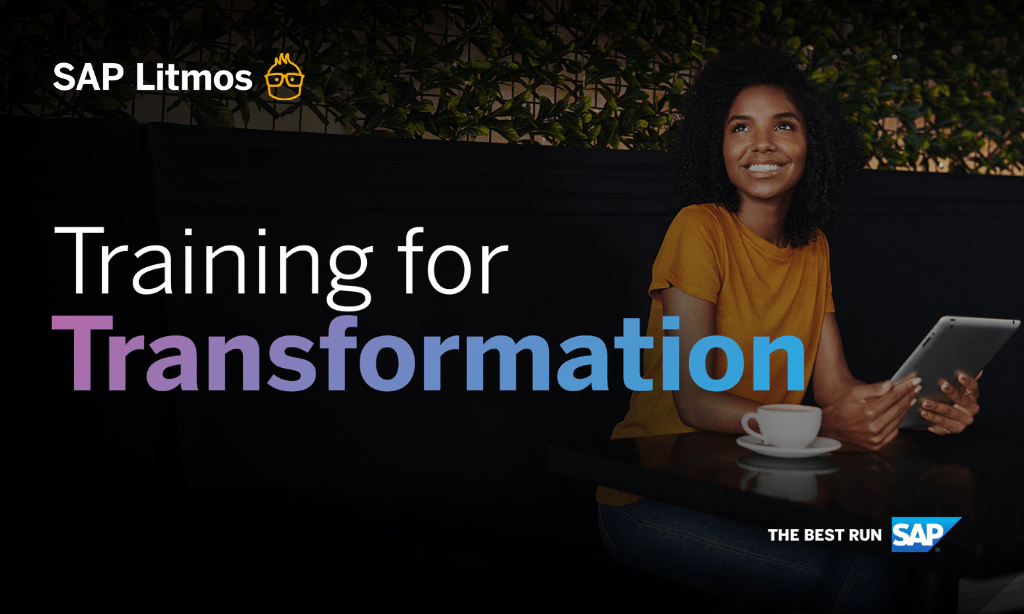5 Steps L&D Can Take to Support HR Employee Advocacy Projects
Employee advocacy is about allowing employees to share your company story and messages with their networks. In some cases the most unlikely employee may be connected to just the buyer of your product or service. You just never know. But one thing we do know is that people trust their family, friends, and colleagues, more than brand messaging.
So what does this have to do with enterprise training and development? A large enterprise is a complex environment often spread across countries and continents. Your most successful employees have built networks across the enterprise in the same way they maintain a network of relationships outside of the company. While building their networks they are sharing their personal company story and in doing so they are influencing and teaching their peers.
As HR departments work towards encouraging and supporting employee advocacy, the enterprise learning and development team can enhance HR’s efforts by supporting employees as teachers. This is particularly important to the millennial generation within your enterprise. Sharing knowledge through the creation of digital content empowers them and supports their desire to add value to the business.
But you can’t simply offer the opportunity and expect immediate participation. Companies tried this with enterprise social networks and discovered that simply turning on a “corporate Facebook” doesn’t work. Because you are a business enterprise there is a certain level of reluctance to engage in new and different activities that may even be controversial.
Here are some simple strategic steps you can take to encourage employees to teach and share their knowledge with their peers both inside and outside of their enterprise networks.
(In some cases this will also scale up into becoming useful for your extended enterprise training efforts as well. But for now let’s just get the employees comfortable with the idea within the enterprise. )
1) Make Enterprise Teaching Easy and Fun!
Make sure your Learning Management System is simple to use and supports the same digital media your employees are used to creating. Your employees don’t know about or care about SCORM. However, they are very comfortable with writing text within a web browser interface, recording/editing video clips, and taking photos with their mobile devices. You must make the process of sharing these digital assets as easy as possible. And by opening up
2) Provide Training on How to Create Your Own Courses
While many employees will be eager to get involved they will need at least a basic introduction to your LMS and enterprise expectations. Employees who openly share their knowledge and put in extra effort to do so are likely your high performers. Use this introduction class as an opportunity to find out who these high performers are and support them. You can create a simple self-paced eLearning course, or make it a face-2-face instructor-led course. Or you could do both as an example of what is possible and available for them to experiment with. By taking the time to teach them your walking the walk and setting an example.
3) Reward Employee Course Development and Delivery
What you should be doing is supporting desires to teach that already exist, and therefore any external reward should not be necessary. However, a little recognition will go a long way. Making any reward too sizable may encourage courses to be built for the wrong reasons and become a waste of time simply to receive the reward. So be generous in recognizing success and promoting it through out the company, but be careful in how you use money or other tangible prizes as rewards for engaging as a teacher within your enterprise.
4) Find A Motivated Employee to Be Your Beta Test
Get one or two motivated employees to get the ball rolling. You will need a success story or two in order to show success. Once you have a couple example “in the can”, then you will have a better idea of how to define your overall strategy as well. This will not be a one size fits all project. Every organization will have different needs and capabilities. And your beta testers will no doubt become advocates for your program which in turn makes them advocates for the company. It all ends up circling back around to employee advocacy and employing them with opportunities to add value through sharing.
5) Deliver Social Media Training
Social media training often seems unnecessary because it’s assumed that everyone learned how to use it outside of the enterprise. But just because your employees are good at checking their Facebook account and sharing a few photos does not mean that they know how to it effectively. Delivering internal training about social media usage should be about getting better at using social media. Social media training is often simply a way to prove that employees are aware of your company policies and guidelines around social media. That is NOT what this course should be about. You want to educate your employees on the many different social media platforms and how to use them effectively. Try to focus on what they CAN do, what’s possible, and the benefits of active engagement.
Conclusion
Empowering employees to teach their peers, and promote the company is valuable in many ways. Enterprise cultures that support content sharing, teaching, and company promotion, show trust in their employees and reap the benefits of a healthy environment. But it’s important to remember that your business should already be a great place to work. It should already be the type of environment that gives employees something positive to share. And it should have a purpose that drives them to WANT to teach and share with your others. If you find that you can’t these strategies to work then you may have a deeper cultural problem to content with.
It all starts with a learning management system that can support employees interested in becoming more than just a “learner” in the system. You need an easy to use, flexible, and powerful, platform that offers your high performing employees the ability to create. It should be a platform that supports employees sharing their knowledge, engaging in the complete learning process.





